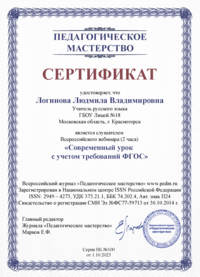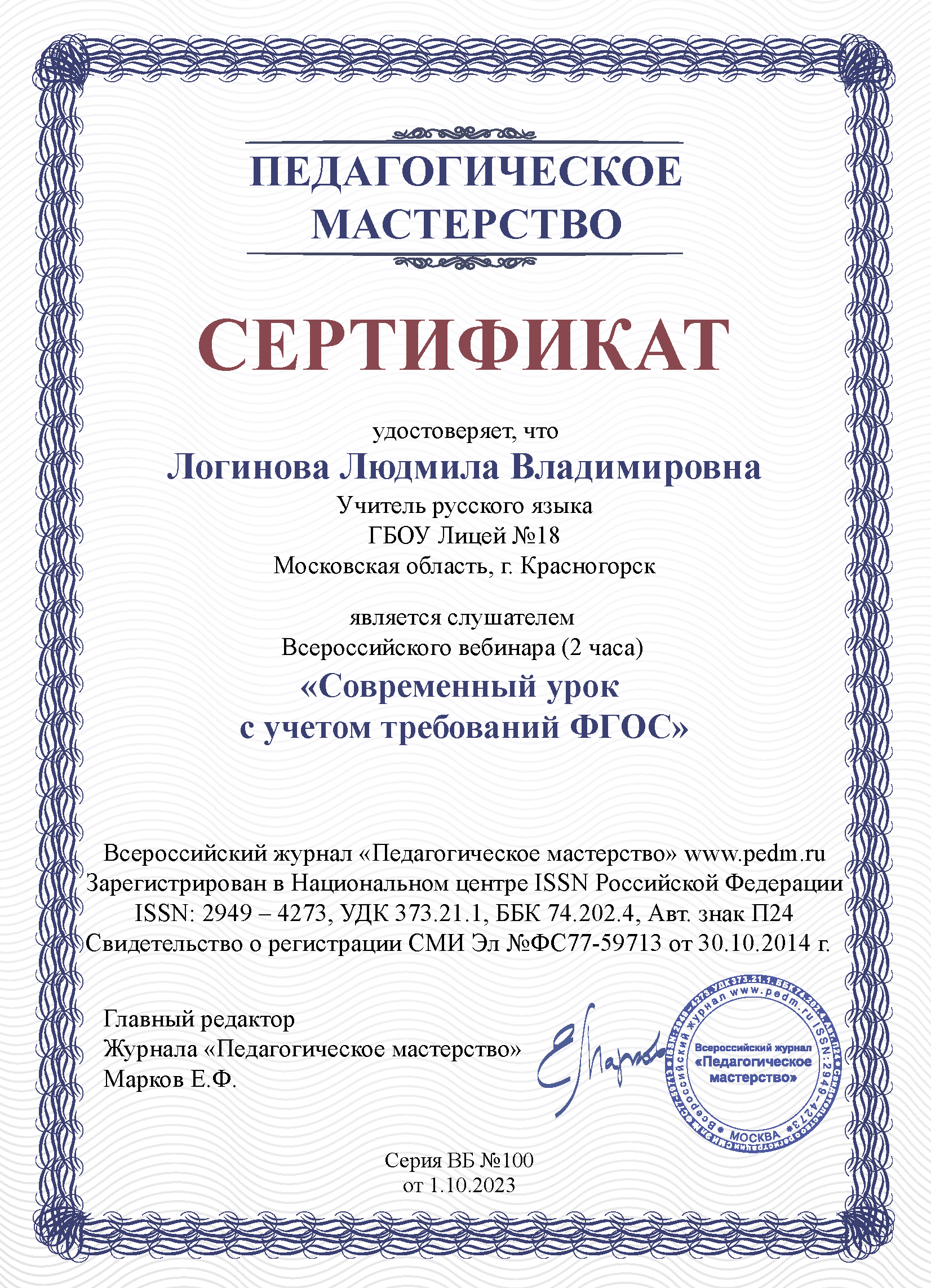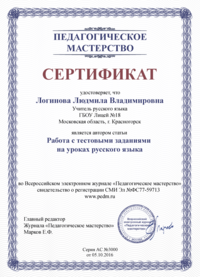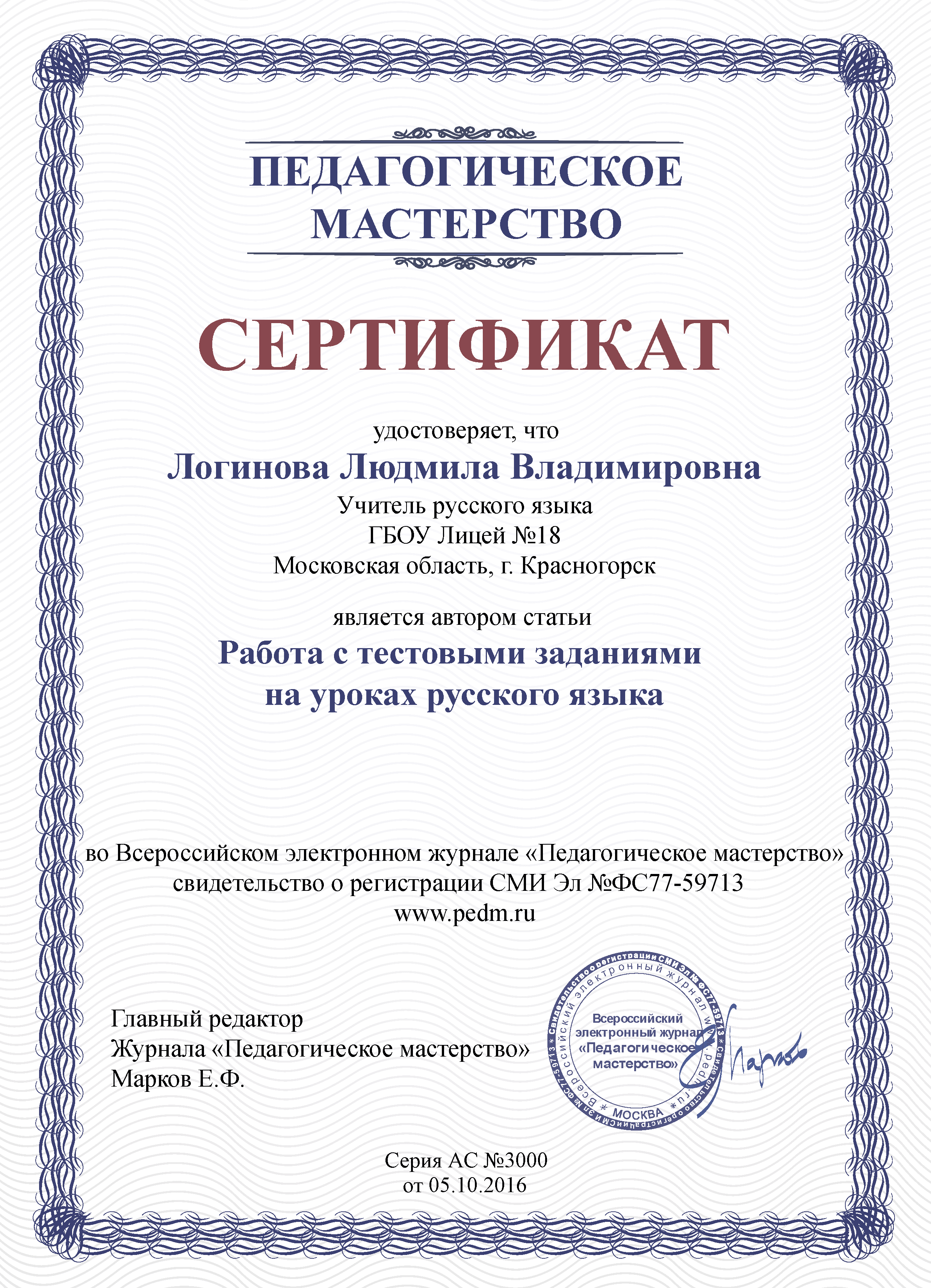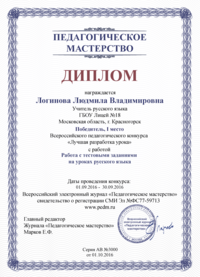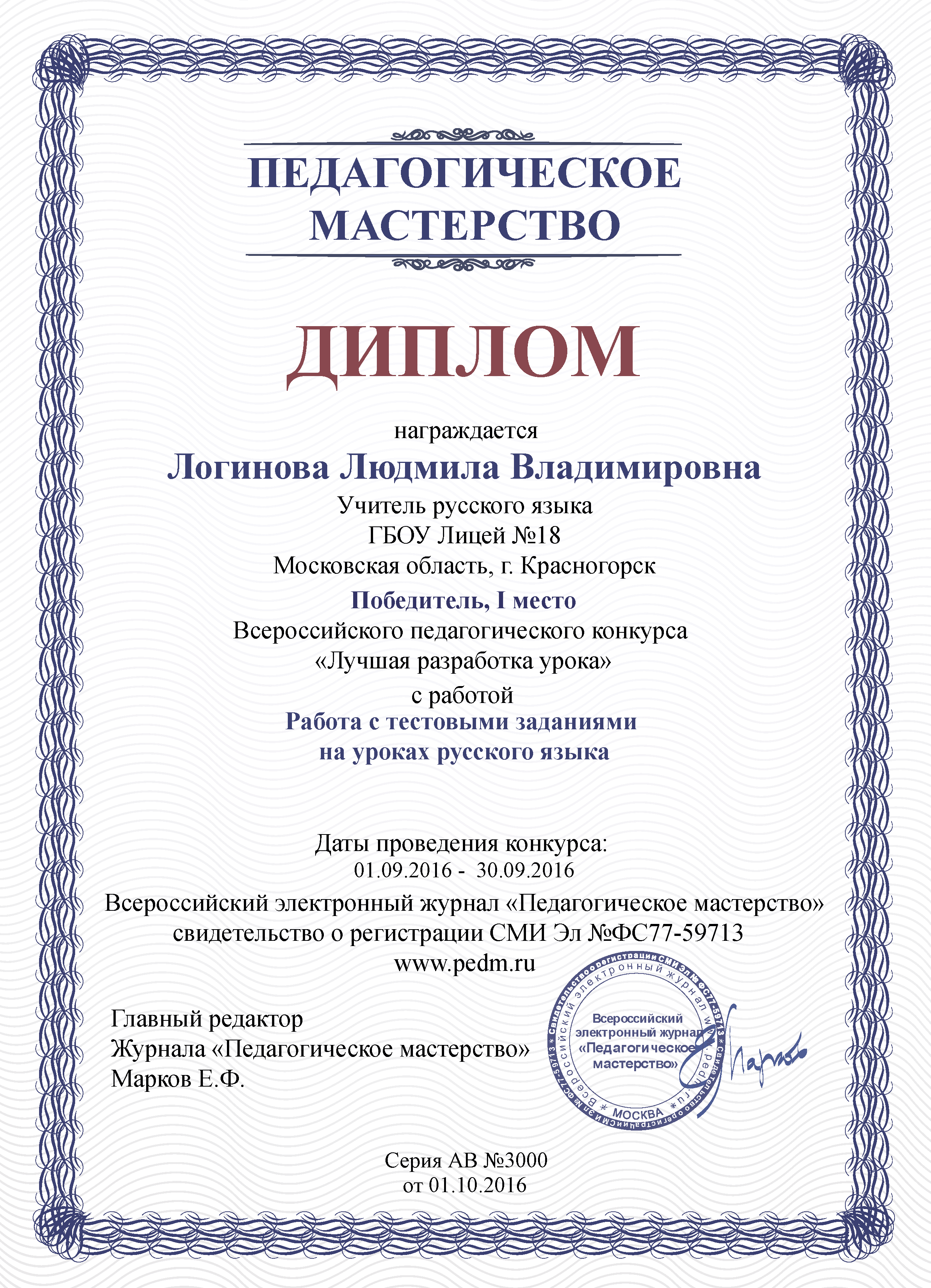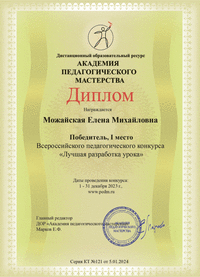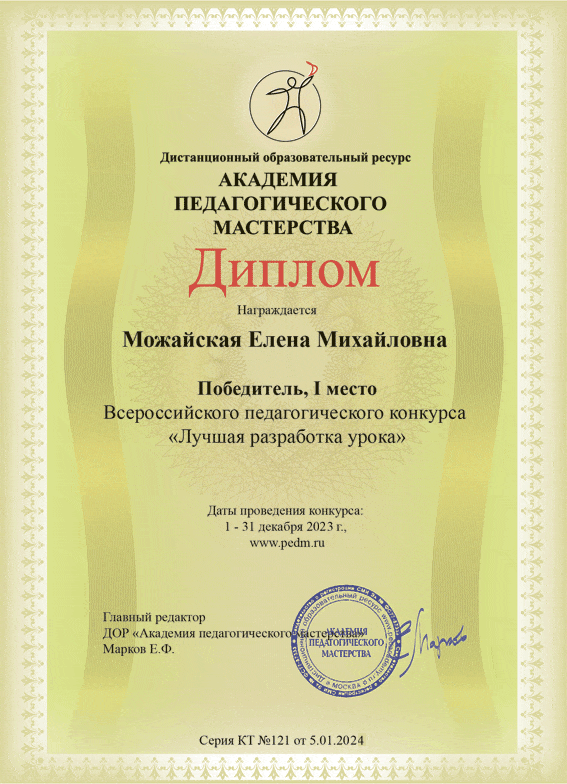Дискурс анализ к творчеству Майкла Джексона
Автор: Искандарова Мадина- Бану Адылжановна
Организация: МБОУ «Многопрофильная гимназия №189 «Заман»
Населенный пункт: Республика Татарстан, г. Казань
It is very easy to suppose that every single person fond of music, because music is one of the most important parts of oral presenting of human being feelings. Through music people can describe that very feelings that that could never describe by ordinary or formal speech. So, especially songs are very popular and well got among people, because we can analyze them as by visual as auditory features. As our topic is “Discourse Analysis in Songs”, so our aim is to analyze the song by Michael Jackson “They Don’t Care About Us”, which we have chose for analysis and making this very analyzing to follow these tasks:
- To find out theories related to discourse analysis, its types, cohesion, coherence in discourse analysis
- Analyze the context of song, its grammatical and lexical cohesion and pragmatic value.
As a theoretical background of the research we will observe different opinions of different scholars about discourse analysis, cohesion, coherence. Also we will find various definitions to terms from different dictionaries and internet sources; we will try to clear up the usage of coherence and cohesion in discourse analysis, pragmatic value of the text and the purpose of grammatical and lexical cohesion.
The practical part of our research will contain analysis of song itself. Also we aimed to find out and show lexical and grammatical cohesion. In addition we are going to explain pragmatic value and stylistic features of the song of the text.
Chapter 1
1.1 Discourse of Text
At the very beginning of our work let revise what the meaning the word “discourse” carries initself. The origin of this very word in function of a noun appeared in the late 14th century and had a sense like "process of understanding, reasoning, thought," from French discours, from Latin discursus "a running about," in Late Latin "conversation," from past participle stem of discurrere "run about," from dis- "apart" (see dis-) + currere "to run" (see current (adj.)). Sense of "formal speech or writing" is first recorded 1580s. And the functions of this word like a verb appeared in 1540s from discourse (n.). Related: Discoursed; discoursing.
Also, discourse denotes written and spoken communications such as:
In semantics and discourse analysis: Discourse is a conceptual generalization of conversation within each modality and context of communication.
The totality of codified language (vocabulary) used in a given field of intellectual enquiry and of social practice, such as legal discourse, medical discourse, religious discourse, et cetera.
In the work of Michel Foucault, and that of the social theoreticians he inspired: discourse describes “an entity of sequences, of signs, in that they are enouncements (énoncés)”, statements in conversation.
The origin of the word “discourse” can be traced back to the cultural background of Greek dialectical communication practiced and learned by the public speakers. So the Platonic dialogues of Socrates are the paradigm of dialectical conversation of speakers in academic tradition. The discourse id here introduced as the formal discussion of the entities of the “universe of discourse” according to logical principles we discuss. Differentiation is here used as a tool to distinguish in the “universe of discourse” all the entities that contribute to the discussion in a specific function. For example we look for all entities that function as human among all living objects.
1.2 Types of Discourse
There are a lot of branches of science when discourse is used. For example, “discourse” in Philosophy Dictionary is defined as a “continuous stretch of language containing more than one sentence: conversations, narratives, arguments, speeches. Discourse analysis is the social and linguistic descriptions of norms governing such productions, and may include (in critical linguistics) focuses upon the social and political determinants of the form discourse takes; for instance, the hidden presuppositions that the person addressed are of a certain class, race, or gender.” (Philosophy Dictionary) The philosopher Roland Barthes mentionedthe sub-genres “historical discourse”. Barthes wrote in The Discourse of History about the historical discourse: “ Historical discourse takes for granted, so to speak, a double operation which is very crafty. At one point (this break-down is of course only metaphorical) the referent is detached from the discourse, becomes external to it, its founding and governing principle: this is the point of the res gestae, when the discourse offers itself quite simply as historiarerumgestarum.” Musolff discussed the term and concept “discourse history” recently in Cognitive Linguistics in Critical Discourse Analysis. Musolff wrote that “Discourse history” can be conceived of as a sub- or sister-discipline of historical linguistics that focuses on socio- and pragma-linguistically motivated changes. Another dimension of the discourse in the literary one ; discourses have been since antiquity used as literary text type of the prose literature. “Discourse” in the Literary Dictionary is defined as “any extended use of speech or writing; or a formal expositions or dissertation. In linguistics, discourse is the name given to units of language longer than a single sentence; discourse analysis is the study of cohesion and other relationships between sentences in written or spoken discourse. In modern cultural theory, especially in the post-structuralism associated with the French historian Michel Foucault, the term has been used to denote any coherent body of statements that produces a selfconfirming account of reality by defining an object of attention and generating concepts with which to analyze it (e.g. medical discourse, legal discourse, aesthetic discourse.
1.3 Cohesion and Coherence in Discourse analysis
Cohesion and coherence are terms used in discourse analysis and text linguistics to describe the properties of written texts. For example, cohesion is defined by Ulla Connor in Contrastive Rhetoric: Cross-Cultural Aspects of Second-Language Writing, as "the use of explicit linguistic devices to signal relations between sentences and parts of texts." These cohesive devices are phases or words that help the reader associate previous statements with subsequent ones. In Cohesion in English, M.A. Halliday and RuqaiyaHasan identify five general categories of cohesive devices that signal coherence in texts:
- reference
- ellipsis
- substitution
- lexical cohesion
- conjunction
A text may be cohesive without necessarily being coherent: Cohesion does not spawn coherence. "Cohesion," Connor writes, "is determined by lexically and grammatically overt intersentential relationships, whereas coherence is based on semantic relationships." In other words, coherence (from Lat. “cohaerere” – to stick together) can be understood in a wide sense and in a narrow sense. In a wide sense, coherence is the semantic structure which helps to unite several sentences into a holistic text. In a narrow sense, coherence is the connection brought about by reader’s/listener’s knowledge that helps him/her to understand any given discourse (e.g. through the knowledge of the context in which the discourse is unfolding). Coherence has to do with mental processes and cultural knowledge rather than any explicit discourse markers such as deictic words or linking words (Bussmann, 1998).
But coherence is a little bit differs from cohesion, for example, coherent texts make sense to the reader. In Text and Context: Explorations in the Semantics and Pragmatics of Discourse, Teun A. van Dijk (p. 93) argues convincingly that coherence is a semantic property of discourse formed through the interpretation of each individual sentence relative to the interpretation of other sentences, with "interpretation" implying interaction between the text and the reader. One method for evaluating a text's coherence is topical structure analysis, because cohesion starts with concrete textual elements which are then built upon to produce the effect of cohesion. Cohesion is often manifested through the use of such “devices” as pronouns (e.g. I, he, she, it) and deictic words (e.g. here, there, then).Another definition of coherence held by Reinhart (1980) is that coherence is composed of the semantic and grammatical connectedness between discourse and context. According to him, coherence comprises three elements: connectedness, consistency and relevance. By connectedness he means the sentences in a text are interconnected with each other in semantics and grammar. Consistency refers to the fact that there is no contradiction betweenthepropositions expressed by these sentences and they are true to a certain extent. By relevance he means that a text should be related to the context, the sentences in a text should be related to each other and the sentences should all be related to the general topic of the text. By this definition, coherence is not separated from cohesion, but is conflated with it. However, De Beaugrade and Dressles (1981) view cohesion and coherence as two entirely separated concepts. They propose cohesion to be the structural relations on the text surface, while coherence the structural relations underlie the surface. The similar idea is held by Brown and Yule (1983), Stubbs (1983), Tannen (1984). It is obvious that cohesion and coherence are two different concepts in discourse analysis, though they share the same morpheme “cohere”. Different linguists have studied them based on different theories. Some are from the pure-linguistic perspective such as Halliday and Hasan, van Dijk. They take cohesion as the necessary condition for coherent discourse. Some are from pragmatic perspective such as Widdowson and Crystal. They acknowledge the importance of pragmatic knowledge in the interpretation of coherence. Others may study them from cognitive and psychological perspective to explore coherence on the mental phenomenon and cognitive knowledge of the communicator and the audience. Based on previous researches on cohesion and coherence, the author views cohesion and coherence as two different, but interrelated linguistic terms important in discourse analysis. They are formally rather than functionally different, but cohesion is more obvious than coherence, because it only deals with the surface structure of a discourse. Cohesion is neither necessary nor sufficient to create a coherent discourse, but a useful means to coherence. The relation between
cohesion and coherence is outlined as follows. Here coherence is characteristic of being overt and covert. Be overt or superficial means that coherence is something available in the surface structure. It is relatively easy to identify. Methods for investigating overt coherence are mainly directed at the description of linguistic formal markers, or in other term “cohesive devices” by Halliday and Hasan(1976). It reveals the contribution made by linguistic factors to coherence.
By covert coherence it means that coherence is achieved not by using superficial markers as linguistic, grammatical devices, etc., but by psychological, cognitive, pragmatic devices, etc. Based on this sense, the addressee needs bridges (inference, background knowledge and imagination etc.) to guide the comprehension of a discourse. Therefore, a coherent discourse should first contain a semantically united framework and must be consistent with the context of situation. Meaning does not only refer to conventional meaning but also inferential meaning realized by cohesion and inference respectively. Coherence, thus, is a consequence of interaction between linguistic factors andnon-linguistic factors.
Conclusion to Chapter 1
In this very Chapter we have revised what are discourse, cohesion and cohesion. Also we learned out types of discourse analysis and gave different opinions of different scholars, found different definitions of terms from different dictionaries and internet sources.
Chapter 2
Discourse Analysis of the Song “They Don’t Care About Us”
Before do analysis, the text of this will be presented as follows:
"They Don't Care About Us"
Skin head, dead head
Everybody gone bad
Situation, aggravation
Everybody allegation
In the suite, on the news
Everybody dog food
Bang bang, shot dead
Everybody's gone mad
All I wanna say is that
They don't really care about us
All I wanna say is that
They don't really care about us
Beat me, hate me
You can never break me
Will me, thrill me
You can never kill me
Jew me, sue me
Everybody do me
Kick me, kike me
Don't you black or white me
All I wanna say is that
They don't really care about us
All I wanna say is that
They don't really care about us
Tell me what has become of my life
I have a wife and two children who love me
I am the victim of police brutality, now
I'm tired of bein' the victim of hate
You're rapin' me off my pride
Oh, for God's sake
I look to heaven to fulfill its prophecy...
Set me free
Skin head, dead head
Everybody gone bad
Trepidation, speculation
Everybody allegation
In the suite, on the news
Everybody dog food
Black male, black mail
Throw your brother in jail
All I wanna say is that
They don't really care about us
All I wanna say is that
They don't really care about us
Tell me what has become of my rights
Am I invisible because you ignore me?
Your proclamation promised me free liberty, now
I'm tired of bein' the victim of shame
They're throwing me in a class with a bad name
I can't believe this is the land from which I came
You know I really do hate to say it
The government don'twanna see
But if Roosevelt was livin'
He wouldn't let this be, no, no
Skin head, dead head
Everybody gone bad
Situation, speculation
Everybody litigation
Beat me, bash me
You can never trash me
Hit me, kick me
You can never get me
All I wanna say is that
They don't really care about us
All I wanna say is that
They don't really care about us
Some things in life they just don't wanna see
But if Martin Luther was livin'
He wouldn't let this be, no, no
Skin head, dead head
Everybody gone bad
Situation, segregation
Everybody allegation
In the suite, on the news
Everybody dog food
Kick me, kike me
Don't you wrong or right me
All I wanna say is that
They don't really care about us
All I wanna say is that
They don't really care about us
All I wanna say is that
They don't really care about us
All I wanna say is that
They don't really care about
All I wanna say is that
they don't really care about
All I wanna say is that
They don't really care about us
2.1 Lexical Cohesion In The Song (word repetition, synonyms, superordinates and generals, collocation, opposites and related words)
By reading the text presented above, not all kinds of lexical cohesion were found in it. Therefore, only the occurring types of lexical cohesion were analyzed here.
- Repetition
Repetition is one kind of lexical cohesion that shows the same lexical item that is related in the text, and commonly functions as reference. In the text analyzed here, repetition occurs with the highest frequency. There are many words repeated and this automatically gives cohesive effects to the text that carries them.
The repetition in this text is repeated in different frequency and in different parts of the text. The complete lists of repetition can be seen as below:
- “Skin head, dead head
- Everybody gone bad” (L-1; L-2), (L-33; L-34);
- “Everybody” (L-2; L-4; L-6; L-8; L-34; L-36; L-38; L-56; L-58; L-72; L-74; L-76);
- “Dead” (L-1; L-7; L-33; L-56; L-71);
- “Black” occurs 3 times in the text;
- Pronoun “Me” in the text appears 25 times;
- The phrase “All I wanna say they don’t really care about us” occurs 14 times;
- An article “The” occurs 8 times.
- Synonym
Synonym is a kind of reiteration which deals with the sameness of meaning of
words in the text, and near synonym when the occurrence of two lexical items in
the text have nearly the same meaning. Synonyms also found in the analyzed
text .
The following shows the synonym that are found in the text :
- “Beat / kick / bash/ hit / break”
- “Trill/ trepidation”
- “Liberty/ free”
Those both combinations of words refer to the same idea and similar referent, but the first one consist of those words that belong to the same class, that is, a verb in the text “beat me”, “kill me” and so on, and the second one like just the next one consist of synonym words that belong to different classes: the word “thrill” from the phrase “thrill me” is the verb while the word “trepidation” is the noun. And at the next case the word “ liberty” belongs to noun class, but “free” to the adjective.
- Superordinates and General Words
Superordinate is a kind of reiteration that explains a word in its general class. According to the text that already presented, it was also found kinds of superordinate as presented below:
- “Government” is superordinate here and “ Roosevelt” is a hyponym;
- “They” is superordinate while “Martin Luther” is hyponym of this superordinate.
- Collocation
Collocaton is a sequence of words or terms that co-occur more often than would be expected by chance. Collocations are partly or fully fixed expressions that become established through repeated context-dependent use.
- Opposites and Related Words
Opposite word is a word that expresses a meaning opposed to the meaning of another word, in which case the two words are antonyms of each other.
- “Black/ white”
- “Hate/ love”
- “Dead/ livin’”
- “Dead/ life”
- “Wrong/ right”
- “I/ you” (my/ your)
We can clearly see that all of the words in pairs are opposite to each other.
2.2 Grammatical Cohesion In The Song (substitutes, ellipsis, reference words, connectives)
a. Ellipsis
Ellipsis is a cohesive device, which happens when, after a more specific mention, words are omitted when the phrase needs to be repeated. As our analyzed song doesn’t have any ellipsis let leave it without any example and go to the next cohesive element.
b. Substitutes
A word is not omitted, as in ellipsis, but is substituted for another, more general word.
c. Reference Words
These words allow the writer to avoid repeating words paragraphs and sometimes whole sentences.
- The reference word “this” from the phrase “He wouldn't let this be, no, no” describes the meaning of previous text of the song.
- The other one is “it” from the phrase “You know I really do hate to say it , which is let not to repeat the situation at all.
d. Connectives
These are words that link or “connect” ideas within writing.
- “That”
- “Or”
- “And”
- “But” and so on
These words provide the connection between the other words. So that is why they called “connectives”.
2.3. Pragmatic Aspects Of The Song (implication, entailment, deixis)
In the beginning of our analysis let’s revise what is the pragmatics at all. Pragmatics is a sub-field of Linguistics; knowledge of the social status of the speakers involved in an utterance, knowing of social distance between the speakers, knowledge of the culture, such as politeness, knowledge of how one can infer from an utterance the intended meaning of the speakers as opposed to the surface from produced, and so forth.
- Implication
Implication is the fact or state of being involved in or connected to something, the fact or state of being implicated in something.
- “Martin Luther” is implication here because it implicated the famous person, who fought for the race equality.
- “Roosevelt” also belongs to implication, because here is a link to the past, to the history of a country, because he is an ex-president, who also tried to control the equality of rights of every single citizen of a country.
- Entailment
In pragmatics, entailment is the relationship between two sentences where the truth of one (A) requires the truth of the other (B).
- “You know I really do hate to say it
The government don't wanna see” - at this very example we can clearly see the feature of an entailment.
- Deixis
Deixis refers to words and phrases, such as “me” or “here”, that cannot be fully understood without additional contextual information.
- Beat me, hate me
- You can never break me
- Will me, thrill me
- You can never kill me
- Jew me, sue me
- Everybody do me
- Kick me, kike me
- Don't you black or white me
Here we can see a plenty of examples of deixis.
2.4. Stylistic Features Of The Song
In the song we can observe a great number of literary devices that were used in order to emphasize some parts of the song or to make the text of it more attractive and understandable. For example, let’s see the very first line of it: “Skin head, dead head “. There was used a repetition in order to make the listener enter in the situation or condition of the main theme of the song. And the next some lines do not carry any conjunction in themselves. “Situation, aggravation” , “In the suite, on the news” , “Bang bang, shot dead”- these very lines include such a literary device like asyndeton. So, in that very passage:
- “Skin head, dead head
- Everybody gone bad
- Situation, aggravation
- Everybody allegation
- In the suite, on the news
- Everybody dog food
- Bang bang, shot dead
- Everybody's gone mad”-
the author used four commas, two articles “the”, also he used the word “dead” twice, the word “head” twice and the exclamation “bang” also twice. Also the singer used the simile through the phrase “dog food” . He compares everybody with it in order to depict the absurd, non human behaviour of “everybody”. And he used generalization of the people by the word ”everybody”, that appeared four times through eight lines.
“All I wanna say is that
They don't really care about us
All I wanna say is that
They don't really care about us”-
and in these very lines we can observe repetitions , that were used in order to emphasize meanings of them.
- Beat me, hate me
- You can never break me
- Will me, thrill me
- You can never kill me
- Jew me, sue me
- Everybody do me
- Kick me, kike me
- Don't you black or white me
Through these lines we can feel all of that the singer wanted to make us feel by his words, voice, intonation and moves, if we would speak of the video also. The repetition of the word “me” is appeares twelve time in the seven lines , but we understand by this ”me” all the people of his nation, and by the word “you”,that was appear here three time, we understand the audience of the singer and we would more exact we would imagine all of the people who suffered black people. Also if we would read carefully the whole text of the song we can not find any conjunction in it. In order to show the particular situation and not to waste words. Other twelve words are verbs, each of that carries the very negative meaning through which we can get the seriousness of the singer.
Conclusion to Chapter 2
In this very Chapter we have analyzed cohesive and coherence devices of the song. We found out a lot of aspects that helped to us to understand the meaning of the song more deeply. We saw, that the author used them in order to emphasize and stress the trouble of his nation at all.
Conclusion
In our research we have observed discourse analysis in songs. The first chapter of our research is mainly theoretical part. Where we have analyzed discourse and ext, and conclude that the text analysis focuses on the structure of written language and discourse analysis focuses on the srtucture of naturally spoken language. Also we have defined cohesion and coherence, where we see that coherence is a purely semantic property of discourse. At the practical part of our research we have revise pragmatics, which is the study of how contextual factors interact with linguistic meaning in the interpretation of utterances. Then we did detailed analysis of chosen song and found out a plenty of cohesive and pragmatic aspects and features of this very song,like word repetition, synonyms, superordinates and generals, collocation, opposites and related words; substitutes, ellipsis, reference words, connectives; implication, entailment, deixis; repetition, asyndeton, simile, generalization, that helped to us understand the meaning of it more deeply. On the process we also provide our research with a views of different scholars and defined the terms from different dictionaries. So, to concude our analysis, we can clearly say that discorse analysis isthe aspect of linguistics that is concerned with how we build up meaning in larger communicative, rather than grammatical units.
Bibliography
https://en.wikipedia.org/wiki/Discourse_analysis
http://www.politicseastasia.com/studying/how-to-do-a-discourse-analysis/
http://grammar.about.com/od/d/g/discanalysisterm.htm
http://www.dictionary.com/browse/discourse
http://www.etymonline.com/index.php?term=discourse
http://www.merriam-webster.com/dictionary/discourse
https://en.wikipedia.org/wiki/Discourse
http://guides.libraries.uc.edu/2089/genres
https://en.wikipedia.org/wiki/Cohesion
https://en.wikipedia.org/wiki/Cohesion_(linguistics)
https://en.wikipedia.org/wiki/Coherence_(linguistics)
http://www.dictionary.com/browse/coherence

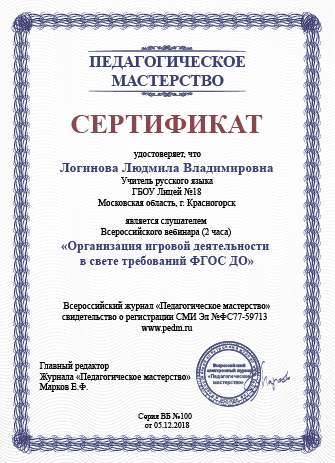 БЕСПЛАТНЫЕ вебинары
БЕСПЛАТНЫЕ вебинары